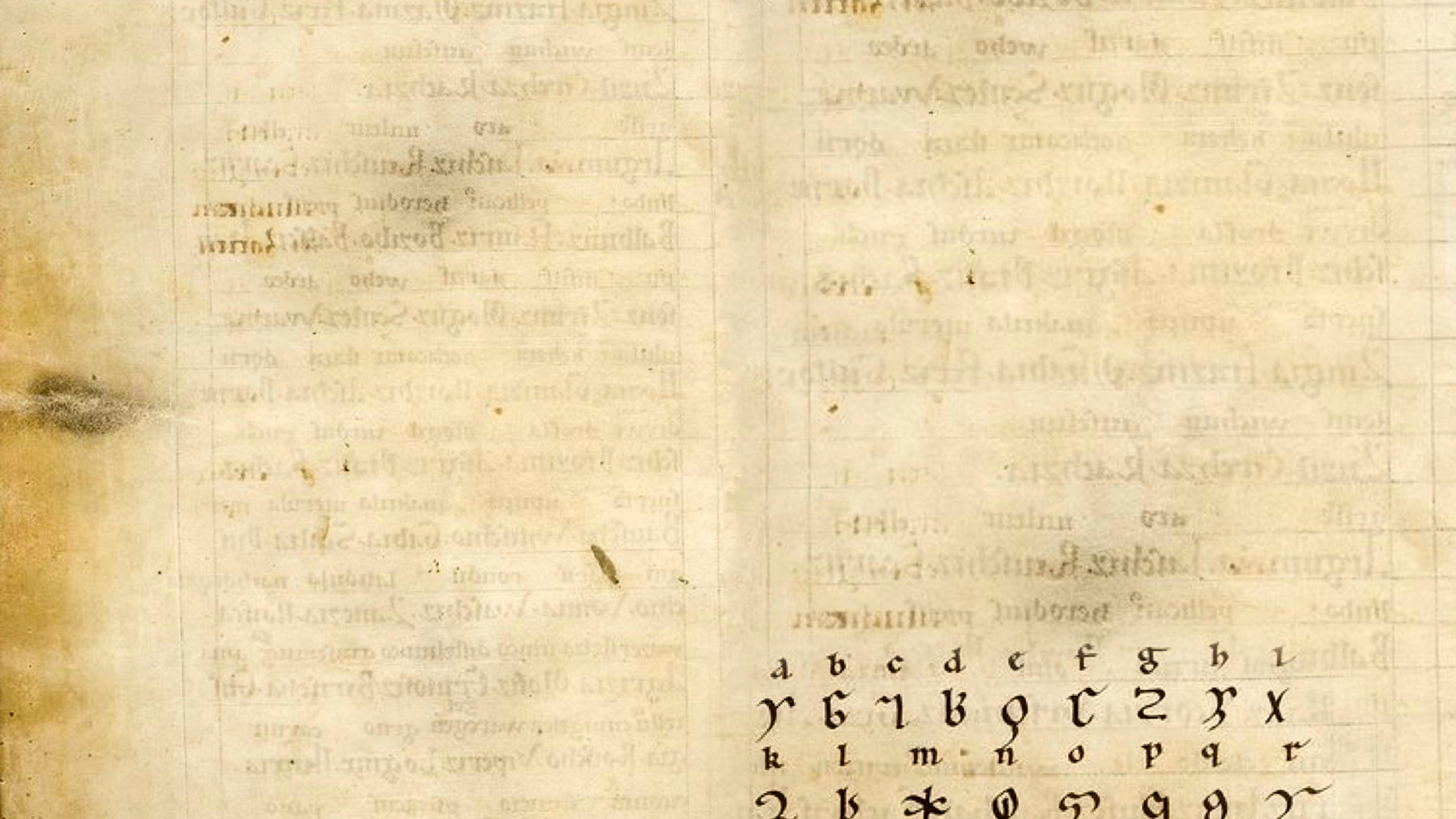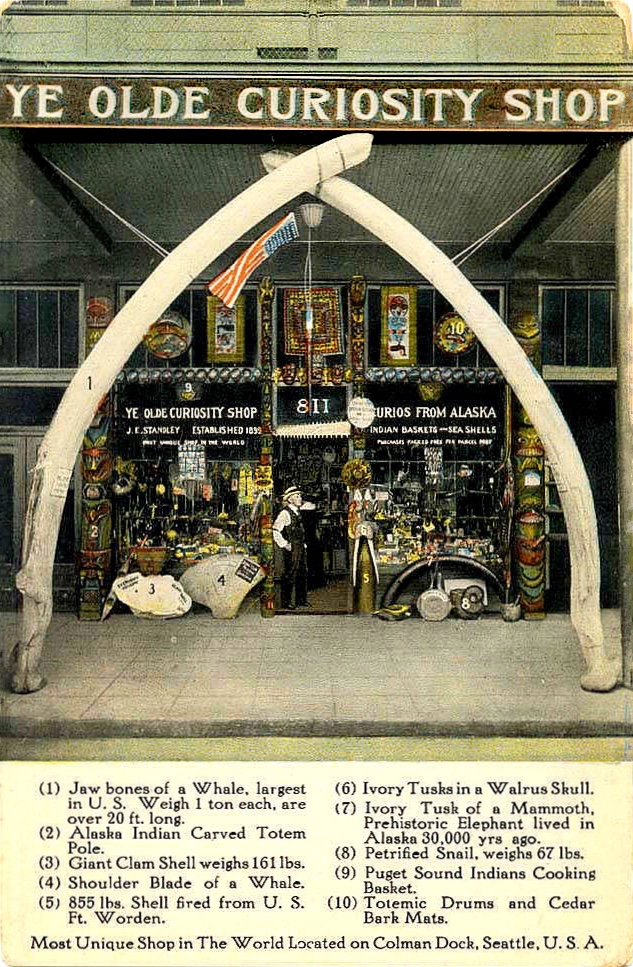
Ye old. Ye olde. Ye Olde Curiosity Shop. Olde is an affected way to make the word old look old. Olde looks old but it’s really not.
Why add the E to the end of old? An E on the end of an Old English word makes it subjunctive: it might be old, maybe it’s old. Or it makes the word a plural adjective. Multiples of old. Olds. Old squared.
Ye Olds Curiosity Shop. In Old English “ye” which looked like “ðe” (there was no Y in Old English) used to be strictly nominative plural. Y’all with me? Then it morphed to personal pronoun: second person dative singular. To you. I say this to you, Olds Curiosity shop. Old2 Curiosity Shop, this is for you.
And. Also. Sometimes “ye” is a conjunction. You’d find it in pairs spelled with one of the letters that became g: Ȝ ȝ or Ᵹ ᵹ. Thats an upper … More
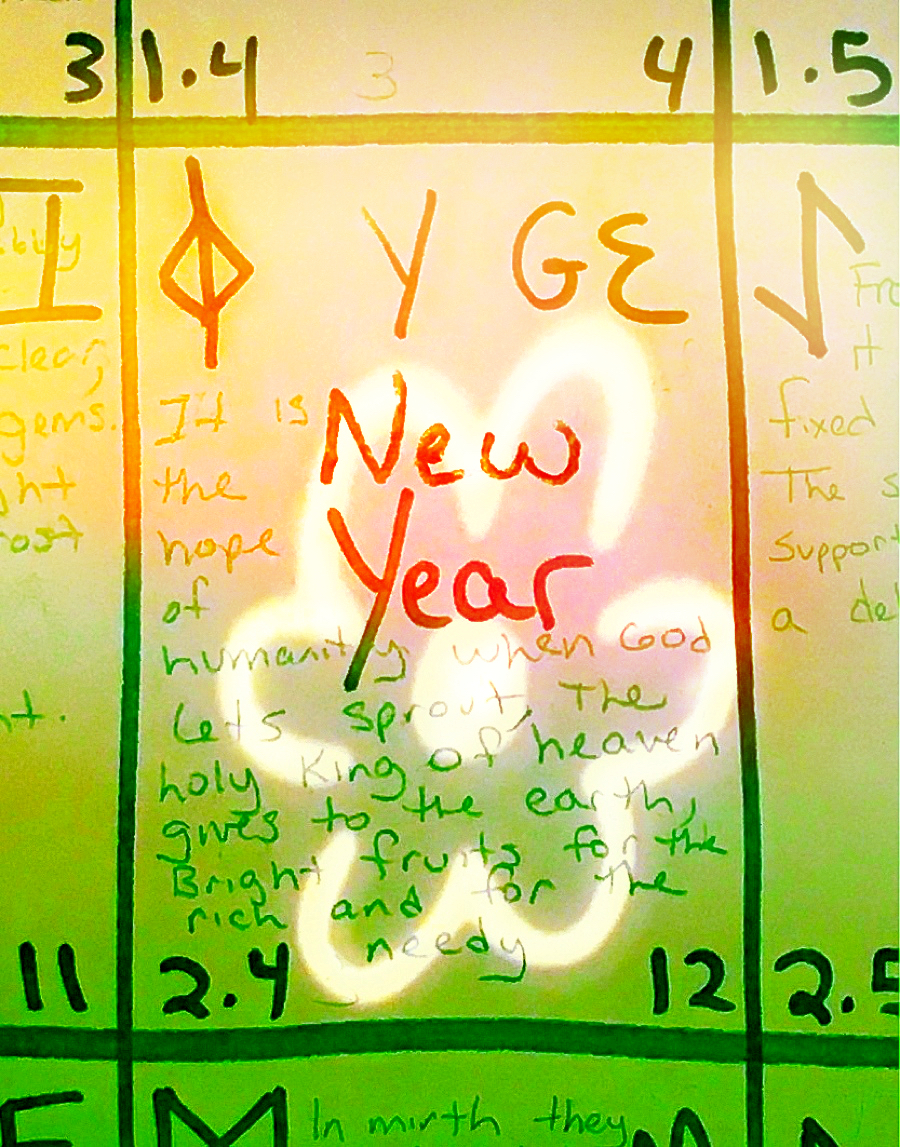
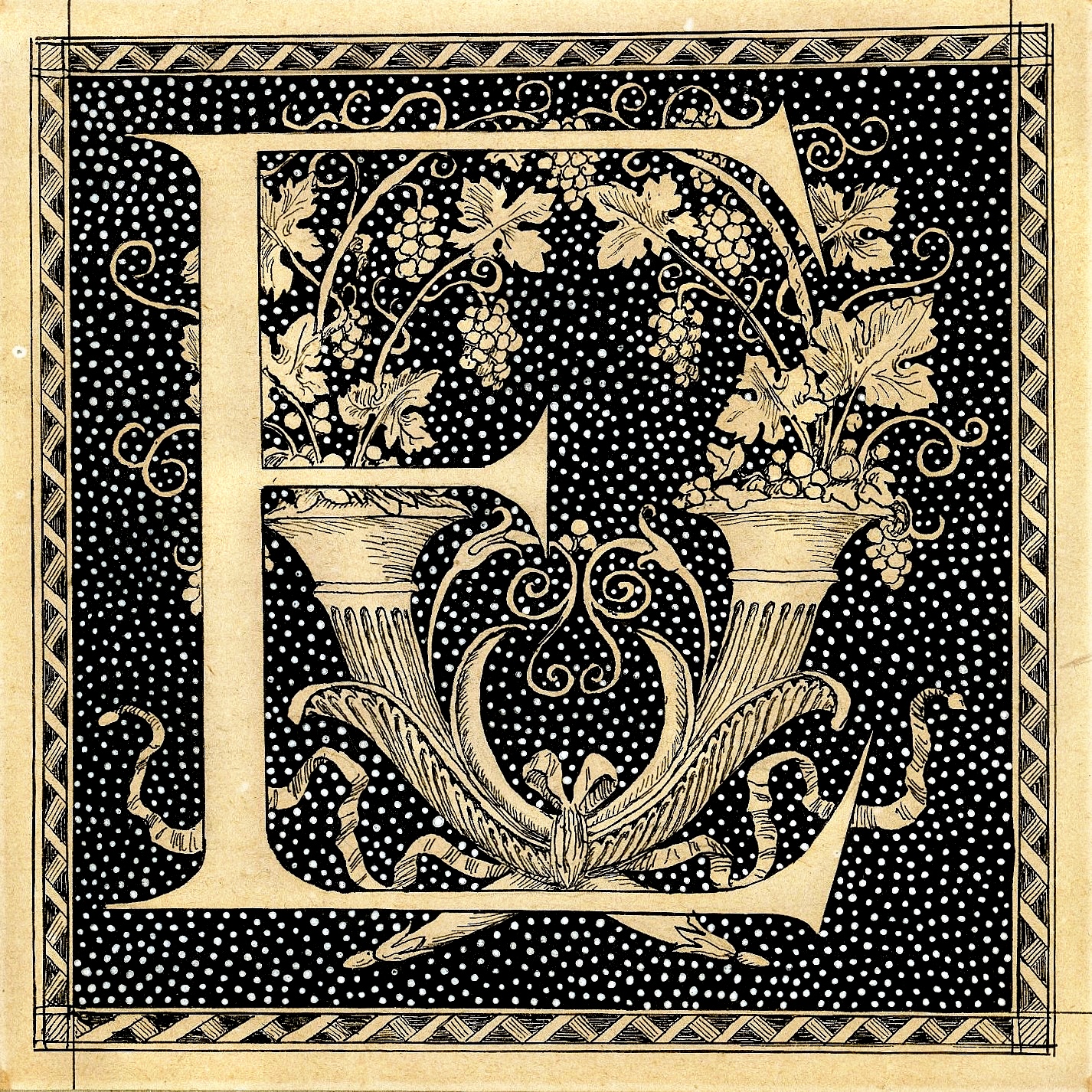

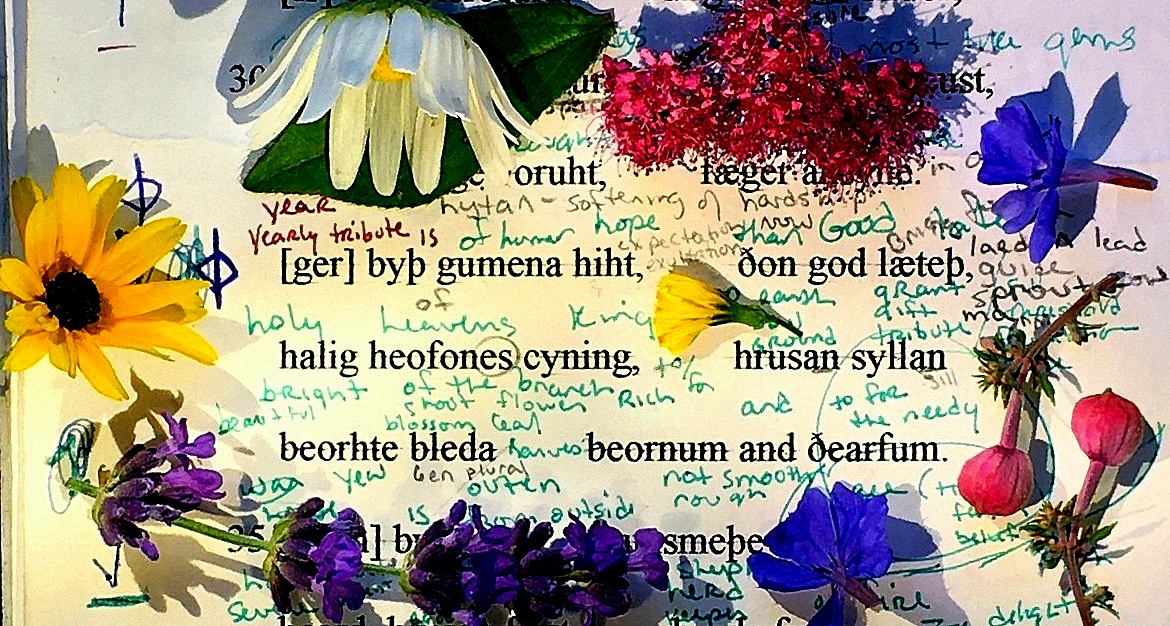
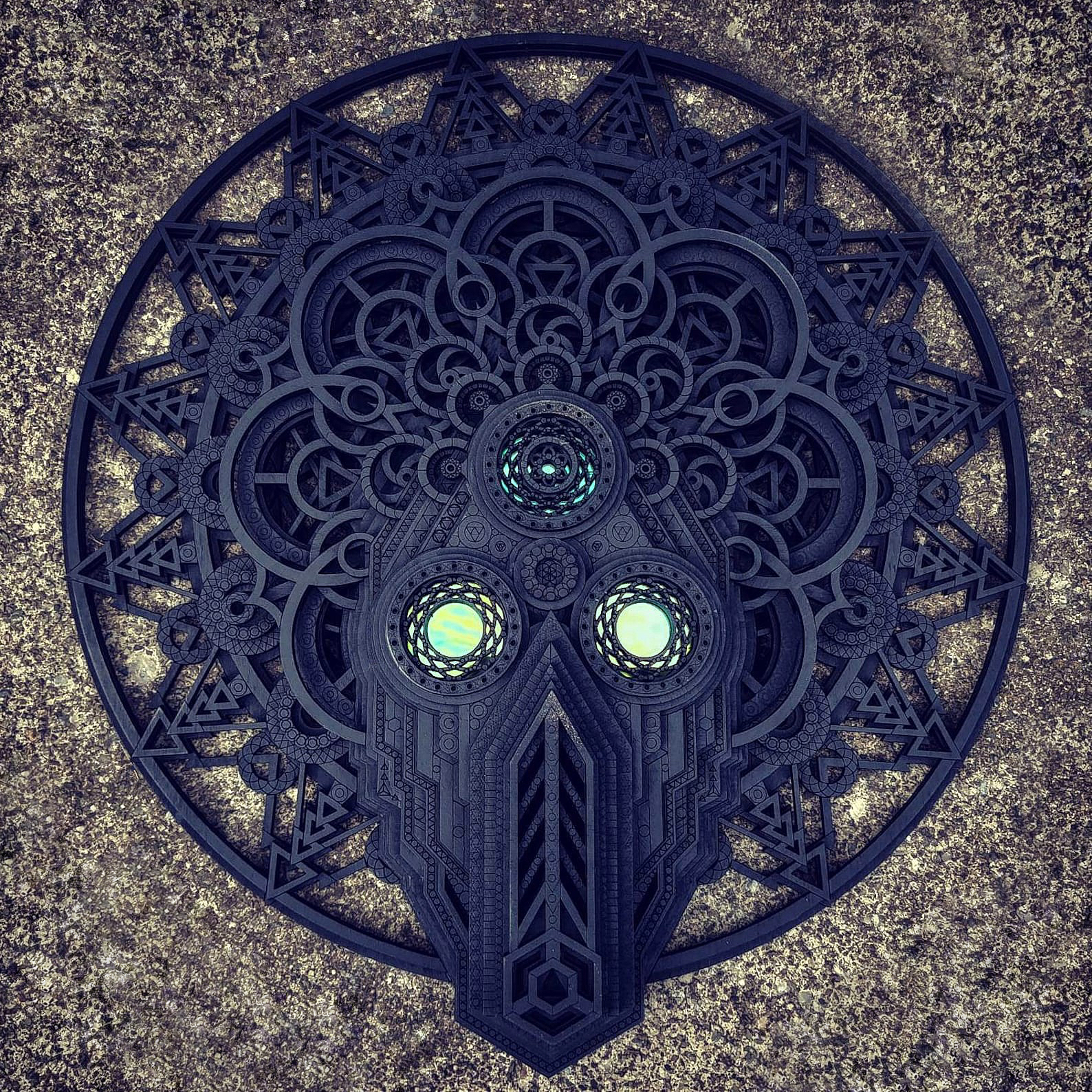
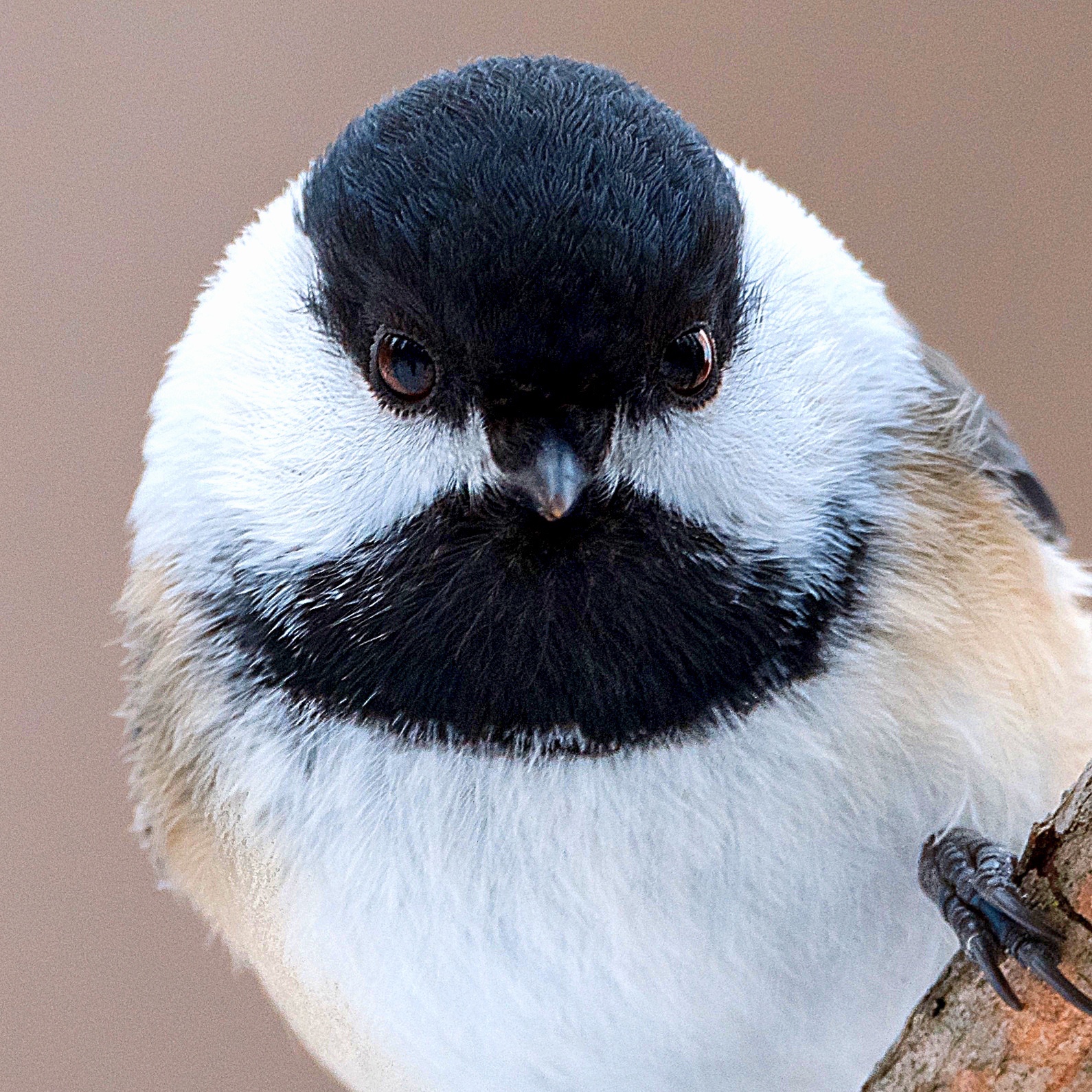
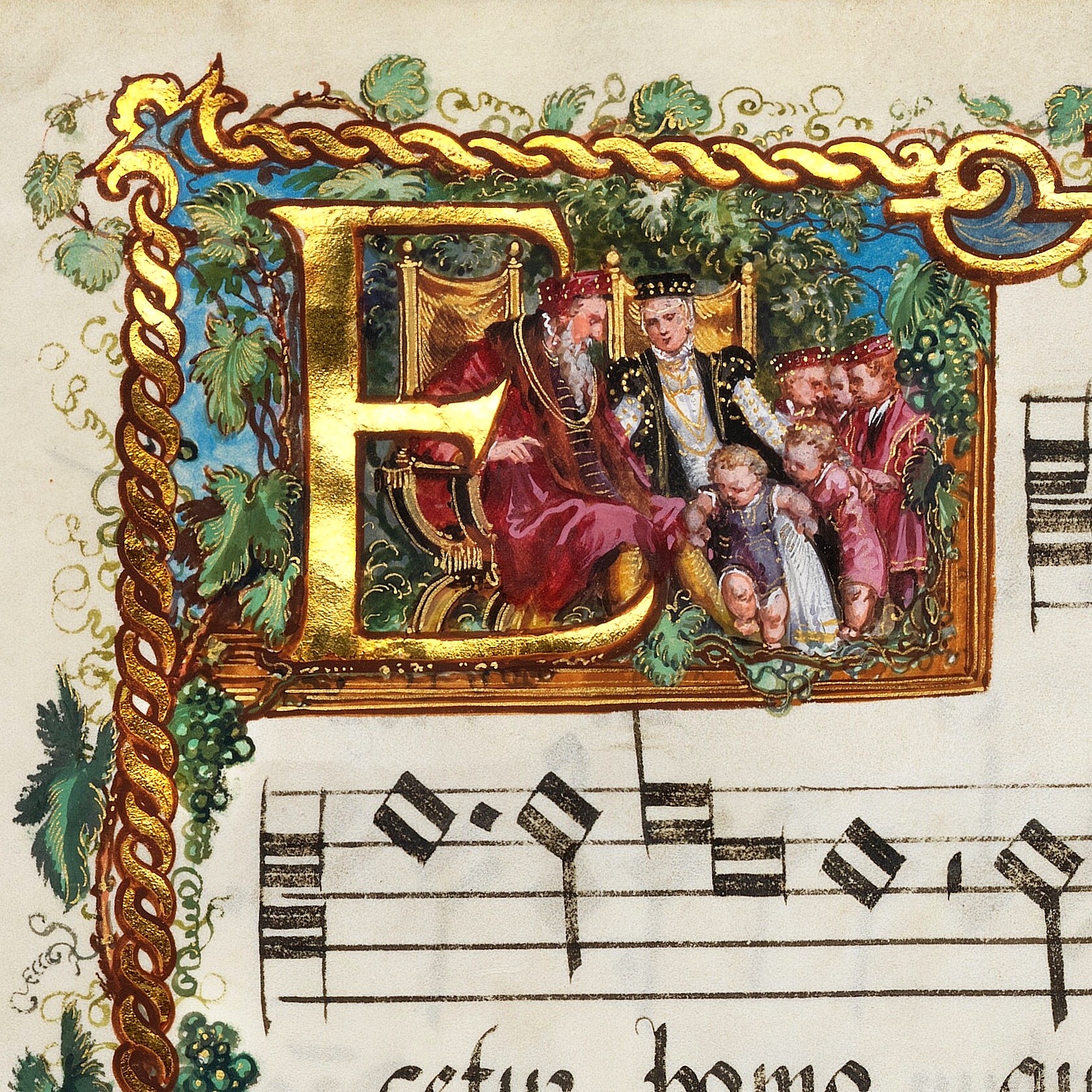
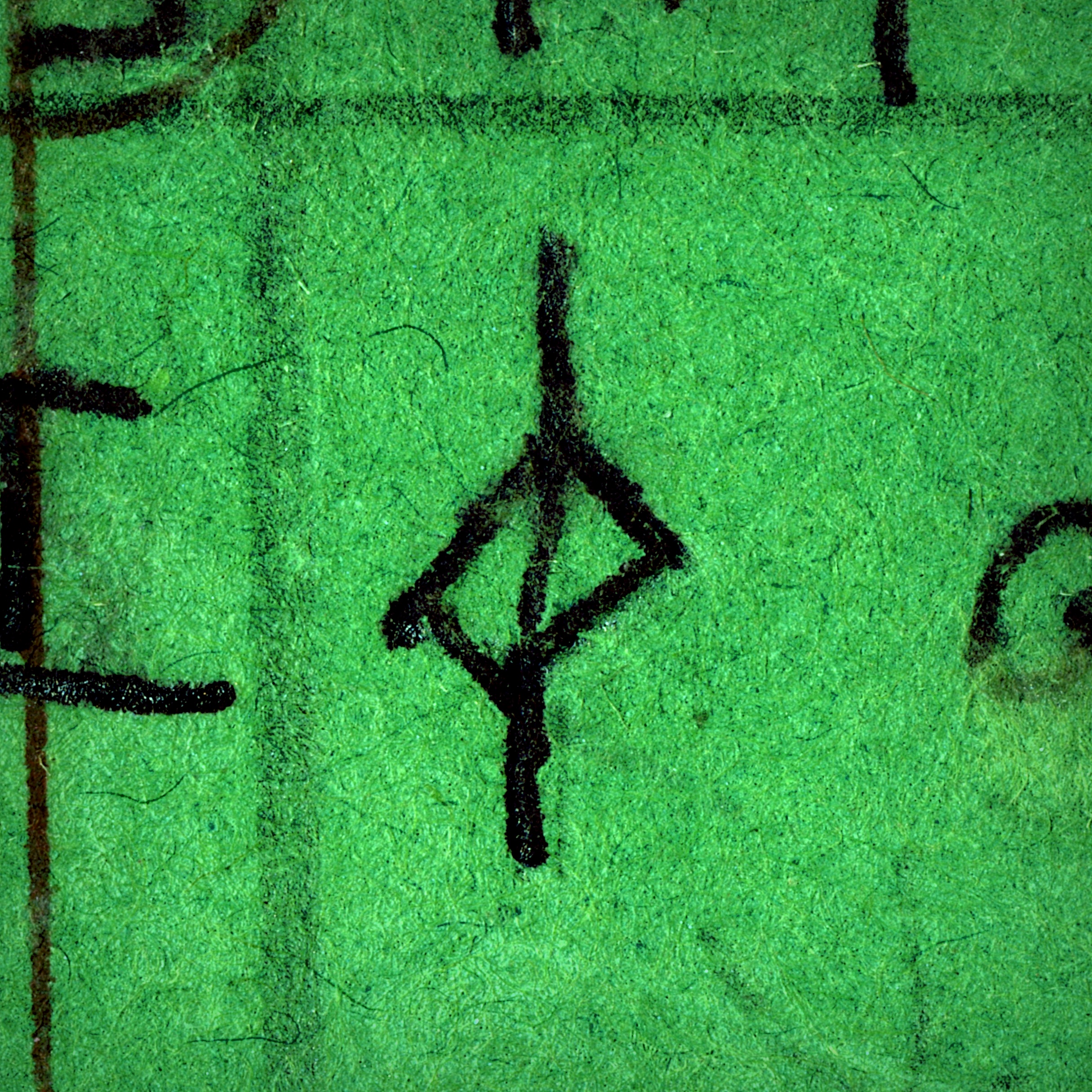 Ger is a little small. Look at it so teeny: ᛄ. You might not be able to see. It’s bigger now, it grew over time, but the poor thing was only half sized once. Sometimes Ger is carved to look like the rune for
Ger is a little small. Look at it so teeny: ᛄ. You might not be able to see. It’s bigger now, it grew over time, but the poor thing was only half sized once. Sometimes Ger is carved to look like the rune for 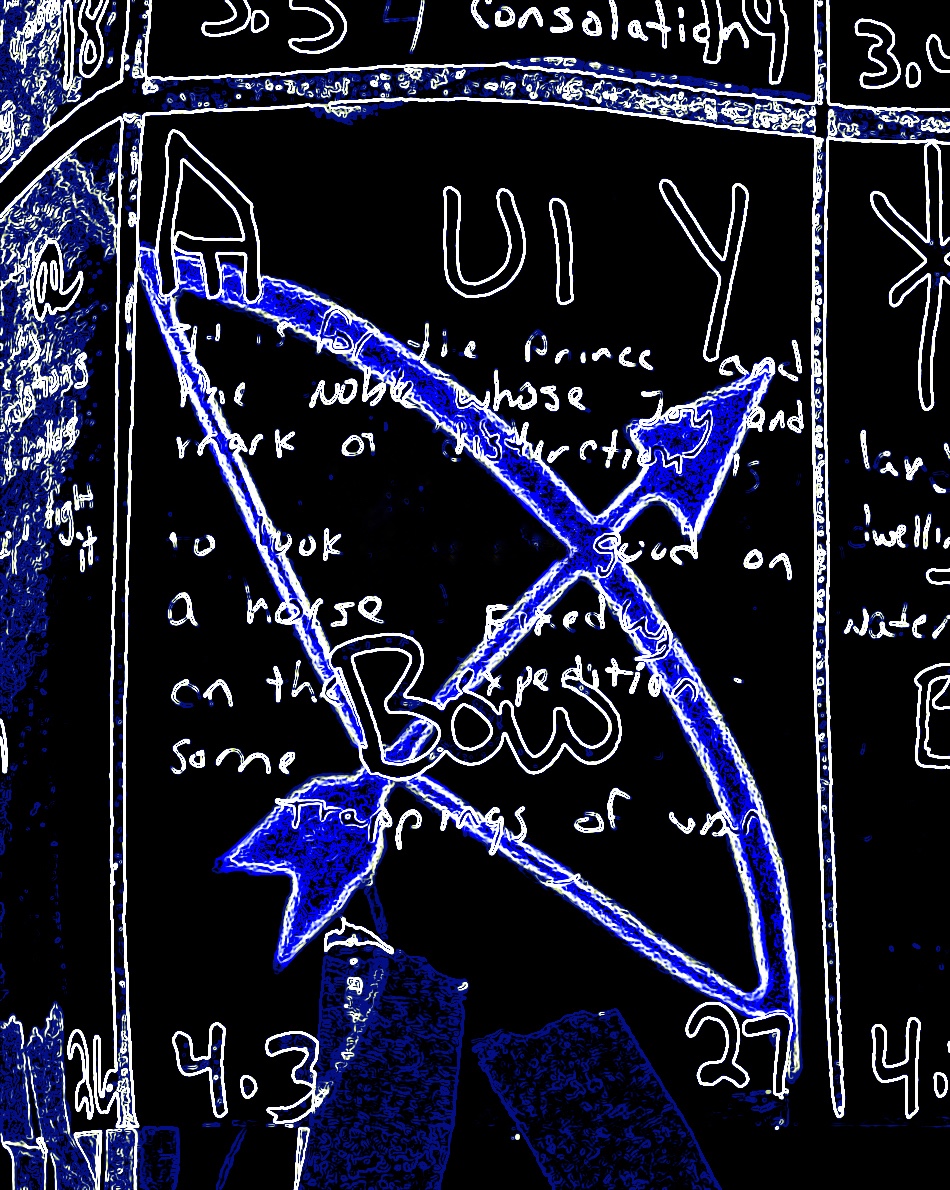
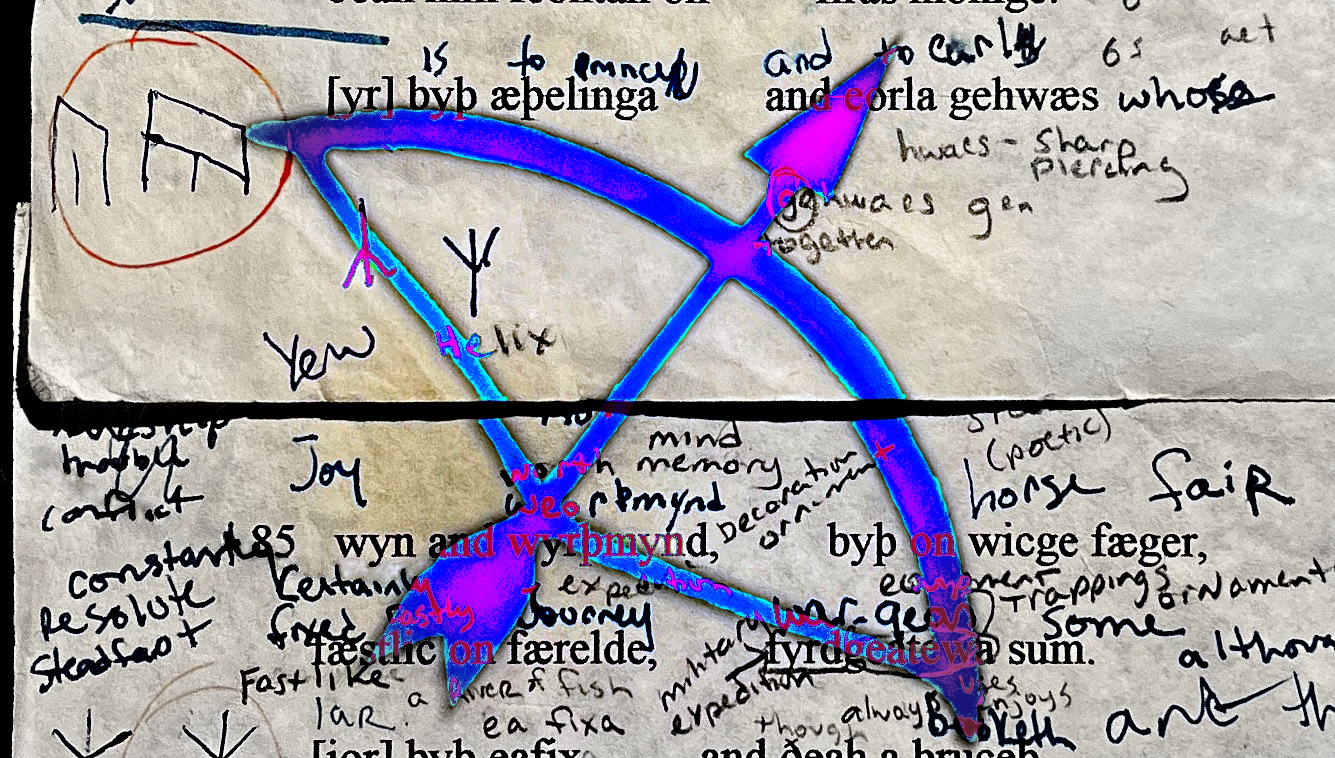

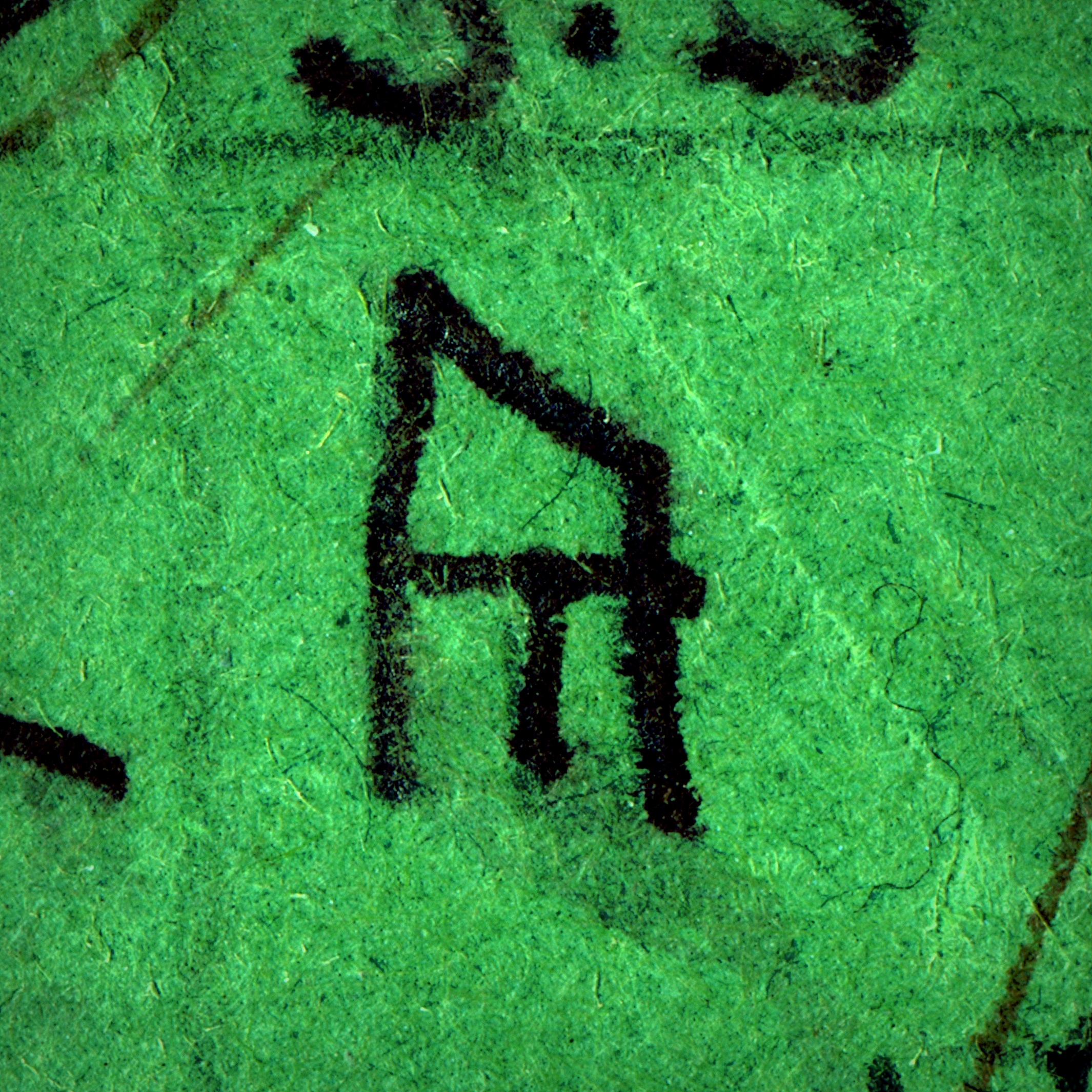 Say something. Go ahead, you heard me, say it and listen to yourself. Now say it about a hundred years ago. Hear it? You can hear it. Different. Speech sounds change. Accents change. You’ve changed. You think you sound the same but go back home after some distance and they’ll tell you different. And they’ll tell it to you differently. English has changed, big time, my God it’s different. It’s old. It’s medieval. Let’s think of a famous medieval person, to see how old. Somebody with a real mark of distinction. Dante. Dante Aligheri. He finished writing the Divine Comedy in 1320. He’s really really old, hundreds of years. Think of this, in this current moment we are closer in years to Dante than he was to the start of Old English. And from the Rune Poem to us he’s
Say something. Go ahead, you heard me, say it and listen to yourself. Now say it about a hundred years ago. Hear it? You can hear it. Different. Speech sounds change. Accents change. You’ve changed. You think you sound the same but go back home after some distance and they’ll tell you different. And they’ll tell it to you differently. English has changed, big time, my God it’s different. It’s old. It’s medieval. Let’s think of a famous medieval person, to see how old. Somebody with a real mark of distinction. Dante. Dante Aligheri. He finished writing the Divine Comedy in 1320. He’s really really old, hundreds of years. Think of this, in this current moment we are closer in years to Dante than he was to the start of Old English. And from the Rune Poem to us he’s 
